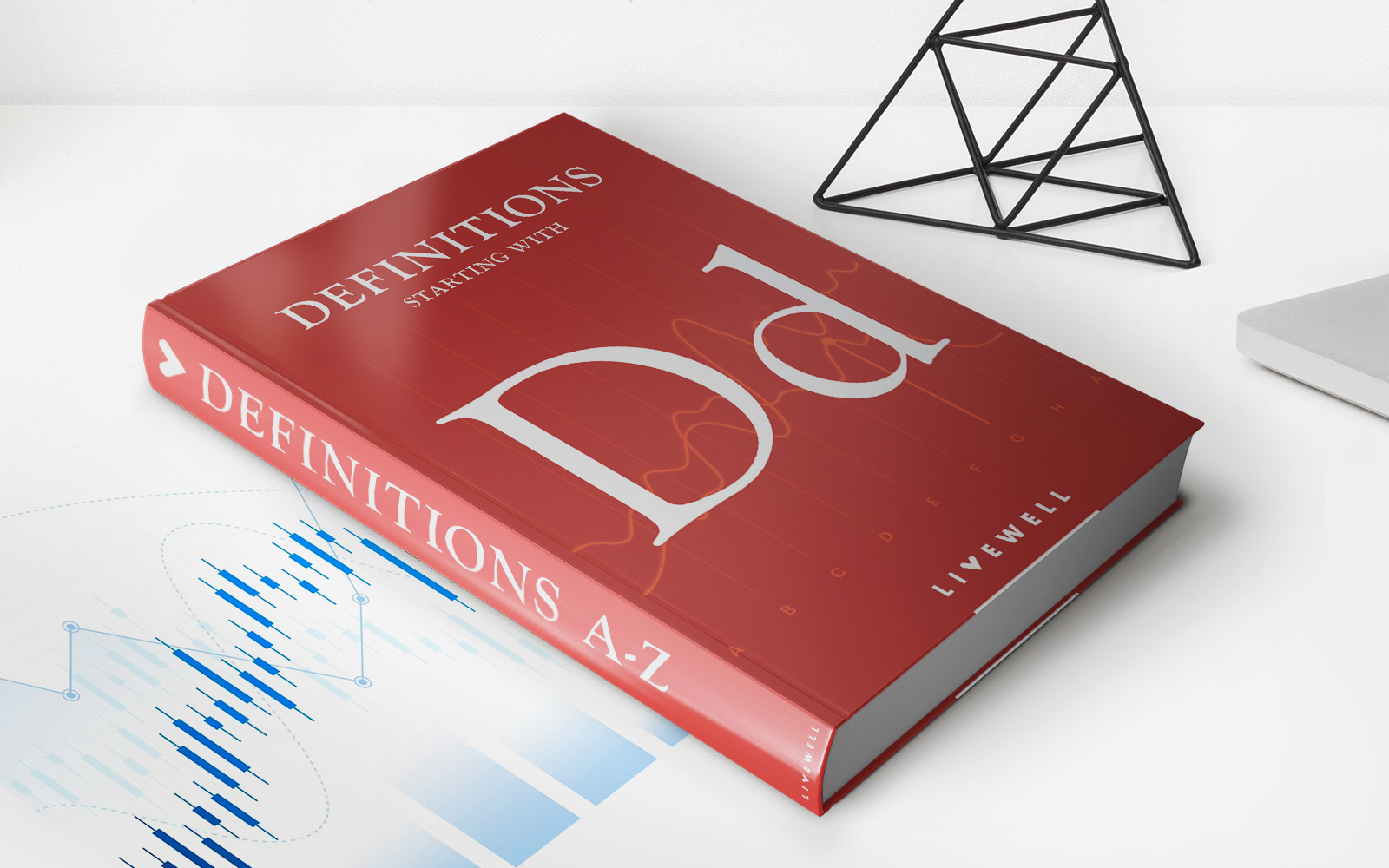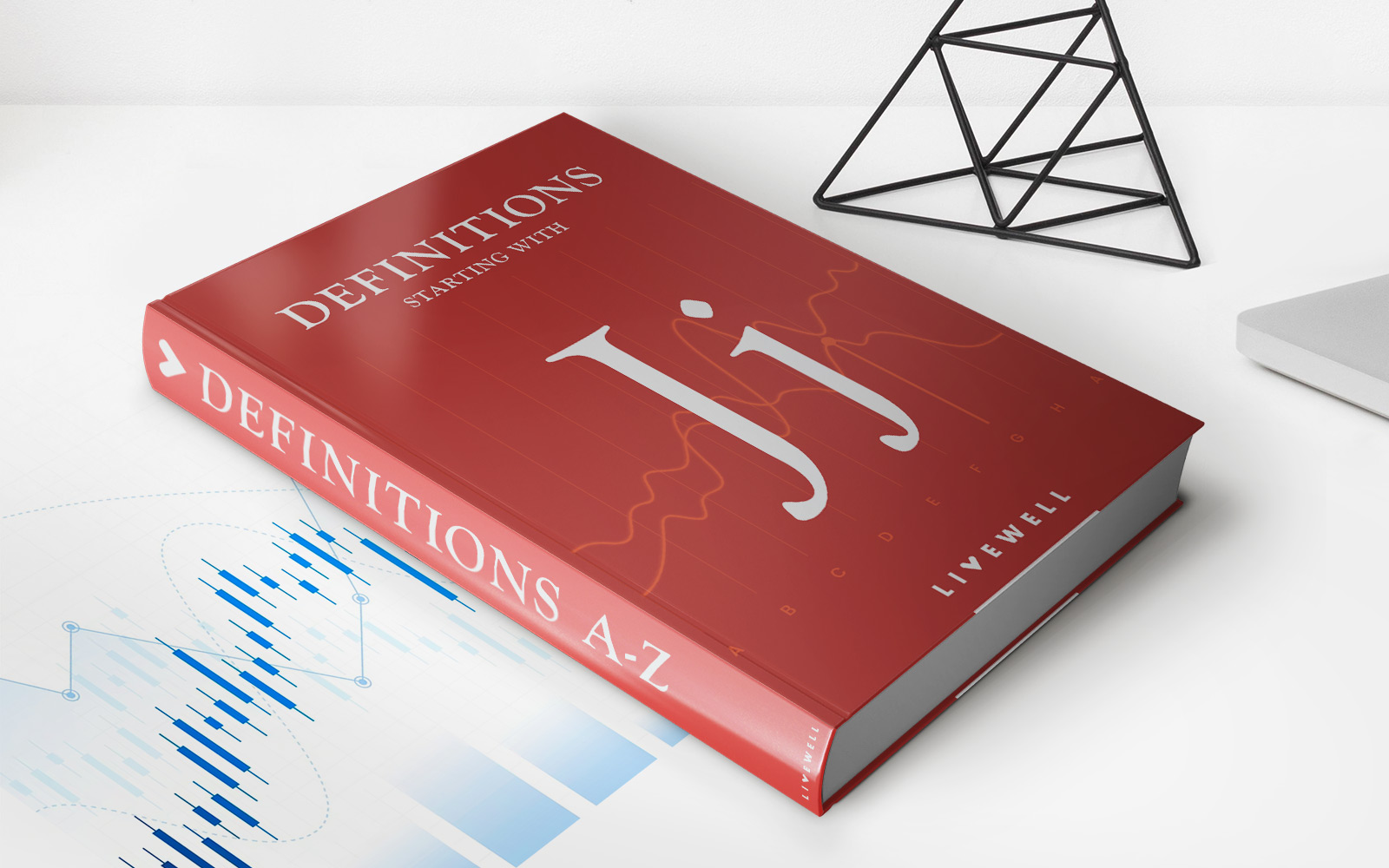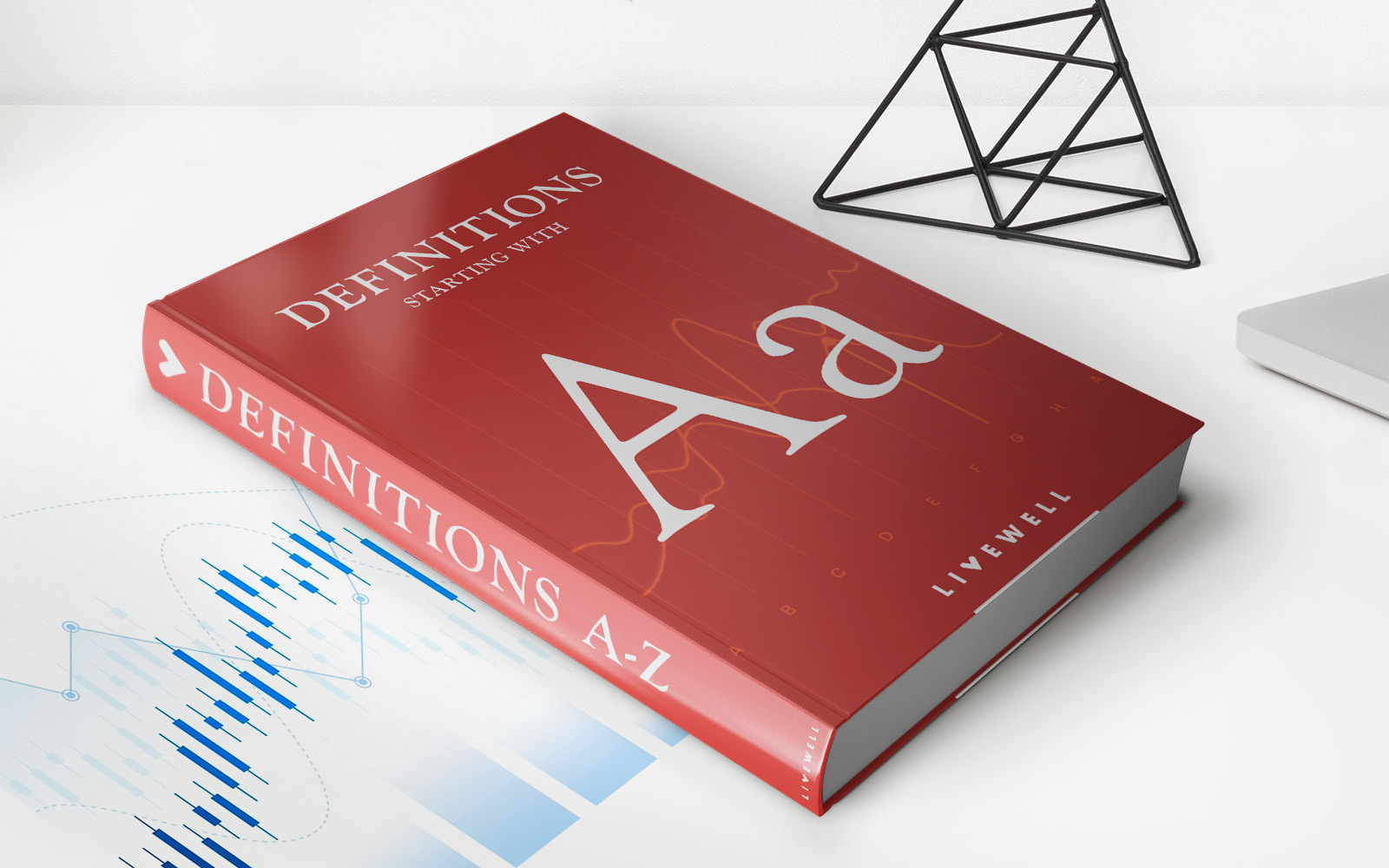

Finance
What Is Fixed Rate Bonds
Published: October 14, 2023
Discover the benefits of fixed rate bonds and how they can help you achieve your financial goals. Explore finance options today!
(Many of the links in this article redirect to a specific reviewed product. Your purchase of these products through affiliate links helps to generate commission for LiveWell, at no extra cost. Learn more)
Table of Contents
Introduction
Fixed rate bonds are a popular financial instrument that provides investors with a stable and predictable return on their investment. These bonds are a type of debt security issued by governments, municipalities, and corporations to raise funds. They offer a fixed interest rate for a specified period, typically ranging from a few months to several years. Fixed rate bonds are considered a low-risk investment option due to their stable returns and well-defined terms.
Investing in fixed rate bonds can be an attractive option for individuals who prefer a predictable income stream and are risk-averse. Unlike variable rate bonds, which are influenced by market fluctuations, fixed rate bonds ensure that the interest rate remains constant over the bond’s term.
Fixed rate bonds are a particularly popular choice for retirees and those looking for passive income. These bonds provide a steady cash flow without the need for constant monitoring or adjustments. Additionally, fixed rate bonds offer diversification opportunities for investors looking to balance their portfolios and reduce risk.
In this article, we will delve into the details of fixed rate bonds, exploring their definition, features, advantages, disadvantages, and how they work. We will also discuss the factors to consider before investing in fixed rate bonds, providing you with a comprehensive understanding of this investment option.
Definition of Fixed Rate Bonds
Fixed rate bonds, also known as fixed-rate securities, are debt instruments issued by governments, municipalities, and corporations to raise capital. They are a type of bond with a fixed interest rate that remains constant over the bond’s term. The interest rate is determined at the time of issuance and is usually stated as an annual percentage rate.
Unlike variable rate bonds, where the interest rate fluctuates with changes in market conditions, fixed rate bonds ensure a consistent and predictable return for investors. This makes them an attractive option for those who prefer stability and want to avoid the uncertainties associated with market fluctuations.
The term of a fixed rate bond can vary, typically ranging from a few months to several years. The bondholder receives regular interest payments at a predetermined interval, such as annually, semi-annually, or quarterly, throughout the bond’s term. At maturity, the bondholder receives the principal amount back, also known as the face value or par value of the bond.
Fixed rate bonds are considered relatively low-risk investments due to their predictable nature. They offer a steady income stream and preserve the value of the investment, regardless of how interest rates may change in the market. This stability makes fixed rate bonds particularly appealing to risk-averse investors seeking reliable returns.
It’s important to note that the fixed interest rate on these bonds may be higher or lower than prevailing market rates, depending on the issuer’s credit rating, market conditions, and other factors. Investors should evaluate the creditworthiness of the issuer to assess the risk associated with investing in fixed rate bonds.
Features of Fixed Rate Bonds
Fixed rate bonds have distinct features that make them an attractive investment option for many individuals. Understanding these features is essential for investors to make informed decisions. Here are some key features of fixed rate bonds:
- Fixed Interest Rate: As the name suggests, fixed rate bonds offer a predetermined interest rate that remains constant throughout the bond’s term. This allows investors to accurately calculate the amount of interest they will earn over the investment period.
- Predictable Returns: With fixed rate bonds, investors can accurately forecast their returns. The fixed interest payments provide a stable income stream, making them a valuable option for individuals seeking predictable cash flow.
- Term Length: Fixed rate bonds have a specific term length, which can vary depending on the issuer. Investors can choose from a range of options, such as short-term bonds (e.g., one year) or long-term bonds (e.g., ten years or more).
- Liquidity: Fixed rate bonds typically have a predetermined maturity date at which the investor receives the principal amount back. However, they can be bought and sold on secondary markets before maturity, offering a degree of liquidity to investors who may need to access their funds earlier.
- Credit Risk: Fixed rate bonds are subject to credit risk, meaning there is a chance that the issuer may default on interest payments or principal repayment. Investors should carefully evaluate the creditworthiness of the issuer before investing in fixed rate bonds.
- Tax Considerations: The interest income earned from fixed rate bonds is usually subject to taxation. However, tax rules and regulations may vary depending on the jurisdiction. Investors should consult with a tax professional to understand the tax implications of investing in fixed rate bonds.
- Issuer Diversity: Fixed rate bonds are issued by various entities, including governments, municipalities, and corporations. This diversity allows investors to choose bonds that align with their risk tolerance and investment objectives.
- Reinvestment Risk: When interest rates decline, bondholders may face reinvestment risk. This occurs when the fixed interest rate offered by existing bonds is higher than the prevailing market rates. In such cases, bondholders may struggle to find similarly attractive investment opportunities.
By considering these features, investors can make well-informed decisions when selecting and investing in fixed rate bonds. It is crucial to carefully assess the risk-return profile of each bond and align it with individual investment objectives and risk tolerance levels.
Advantages of Fixed Rate Bonds
Fixed rate bonds offer several advantages to investors, making them a popular choice for individuals seeking stable returns and a low-risk investment option. Here are some key advantages of investing in fixed rate bonds:
- Stable and Predictable Returns: One of the primary advantages of fixed rate bonds is the assurance of a stable and predictable income stream. With a fixed interest rate, investors know exactly how much interest they will earn on their investment throughout the bond’s term.
- Low Risk: Fixed rate bonds are considered relatively low-risk investments. Since the interest rate remains constant, investors are shielded from the fluctuations in the market. This makes fixed rate bonds an attractive option for risk-averse individuals who prioritize capital preservation.
- Income Generation: Fixed rate bonds provide a regular stream of income through interest payments. This can be especially beneficial for retirees or individuals looking for a reliable source of passive income to cover their expenses.
- Portfolio Diversification: By investing in fixed rate bonds, individuals can diversify their investment portfolios. The stable returns offered by these bonds can offset the volatility of other investments, such as stocks or mutual funds, creating a balanced portfolio.
- Capital Preservation: Fixed rate bonds prioritize the return of the principal amount at maturity. This focus on capital preservation offers peace of mind to investors, as they can be confident that their initial investment will be returned in full.
- Inflation Protection: Fixed rate bonds can provide a measure of protection against inflation. While the interest rate remains fixed, it can still serve as a hedge against rising prices and help maintain the purchasing power of the investment.
- Secondary Market Trading: Fixed rate bonds can be bought and sold on secondary markets before maturity, providing investors with liquidity and the option to exit their investment if needed. This adds flexibility and the potential for early capital gains.
These advantages make fixed rate bonds an appealing investment option for various types of investors. However, it is important to carefully evaluate the creditworthiness of the issuer and consider individual financial goals and risk tolerance before investing in fixed rate bonds.
Disadvantages of Fixed Rate Bonds
While fixed rate bonds offer many advantages, it is crucial to consider the potential disadvantages before investing. Being aware of these drawbacks will help investors make informed decisions. Here are some key disadvantages of fixed rate bonds:
- Lower Returns in a Rising Interest Rate Environment: Fixed rate bonds lock investors into a predetermined interest rate for the bond’s term. If interest rates rise during this period, the fixed rate of the bond may become less attractive compared to prevailing market rates. This can result in missed opportunities for higher returns.
- Interest Rate Risk: Although fixed rate bonds provide stability, they are still susceptible to interest rate risk. If market interest rates decline, existing bonds with higher fixed rates may become less valuable in comparison. This could lead to a reduction in the market price of the bond.
- Opportunity Cost: Investing in fixed rate bonds ties up funds for the duration of the bond’s term. This lack of liquidity may limit the ability to take advantage of other investment opportunities that may arise during that time. Investors must weigh the potential returns of fixed rate bonds against other investment options to determine the opportunity cost.
- Inflation Risk: Fixed rate bonds may be exposed to inflation risk. If the rate of inflation exceeds the fixed interest rate of the bond, the purchasing power of the interest income may erode over time. This can result in a decreased real return on investment.
- Default Risk: While fixed rate bonds are generally considered low-risk investments, there is still a risk of default by the issuer. If the issuer is unable to meet its financial obligations, investors may not receive the expected interest payments or even the return of the principal amount.
- Early Redemption Penalties: Some fixed rate bonds may have early redemption penalties or restrictions. If an investor wishes to sell the bond before maturity, they may incur penalties or face limitations on the sale. This can impact liquidity and limit the ability to exit the investment when desired.
- Interest Rate Expectations: Investing in fixed rate bonds requires an assessment of future interest rate expectations. If an investor expects interest rates to decrease, it may be more advantageous to invest in variable rate bonds or wait for more favorable fixed rate bond offerings.
Considering these disadvantages, investors should assess their risk appetite, financial goals, and market conditions before investing in fixed rate bonds. It is important to diversify investments and carefully evaluate the creditworthiness of the issuer to mitigate potential risks.
How Fixed Rate Bonds Work
Fixed rate bonds function in a straightforward manner, offering investors consistent returns and a predefined payment structure. Understanding how they work is essential for individuals considering investing in fixed rate bonds. Here is a breakdown of how fixed rate bonds operate:
- Bond Issuance: Governments, municipalities, and corporations issue fixed rate bonds to raise capital. These entities determine the interest rate and term for the bonds at the time of issuance.
- Fixed Interest Rate: Fixed rate bonds offer a predetermined interest rate that remains constant throughout the bond’s term. This rate is agreed upon when the bond is issued and is typically stated as an annual percentage.
- Investor Purchase: Investors can purchase fixed rate bonds either directly from the issuer or on the secondary market. The price of the bond may be at a premium, discount, or par value depending on current market conditions.
- Interest Payments: Bondholders receive regular interest payments from the issuer based on the fixed interest rate and the bond’s face value. These payments are typically made at fixed intervals, such as annually, semi-annually, or quarterly.
- Maturity and Principal Repayment: At the end of the bond’s term, known as the maturity date, the issuer repays the bondholder the principal amount, also referred to as the face value or par value. This amount is typically returned in full, assuming no default or early redemption.
- Secondary Market Trading: Fixed rate bonds can be bought and sold on secondary markets before maturity. Investors who wish to exit their investment can sell their bonds to other investors. The price at which the bond is sold will depend on prevailing market conditions and the remaining term of the bond.
- Interest Rate Risk: Fixed rate bonds are subject to interest rate risk. If market interest rates rise during the bond’s term, the fixed interest rate may become less attractive to new investors, potentially reducing the market value of the bond. Conversely, if rates decline, the bond may become more valuable in the market.
- Default Risk: There is always a risk of default associated with fixed rate bonds. Investors should assess the creditworthiness of the issuer before investing to determine the likelihood of timely interest payments and principal repayment.
Investors should carefully consider their investment objectives, risk tolerance, and market conditions before investing in fixed rate bonds. Evaluating the creditworthiness of the issuer and staying informed about interest rate trends can help investors make well-informed decisions and manage potential risks effectively.
Factors to Consider before Investing in Fixed Rate Bonds
Investing in fixed rate bonds requires careful consideration of various factors to ensure that it aligns with your financial goals and risk tolerance. Before making an investment decision, take into account the following factors:
- Issuer Creditworthiness: Evaluate the creditworthiness of the bond issuer. Research the financial stability, credit ratings, and reputation of the entity issuing the bond. Higher-rated issuers are generally considered less risky and more likely to fulfill their payment obligations.
- Interest Rate Environment: Consider the prevailing interest rate environment. If interest rates are expected to rise, locking into a fixed rate bond may result in missed opportunities for higher returns. Conversely, if rates are low, fixed rate bonds may provide attractive yields.
- Investment Term: Determine your preferred investment horizon. Fixed rate bonds have specific terms that can range from months to years. Choose a term that aligns with your financial goals and investment strategy.
- Inflation Protection: Assess the potential impact of inflation on your investment. Fixed rate bonds may carry inflation risk, as the fixed interest rate may not keep pace with rising prices. Consider diversifying your portfolio with inflation-protected securities or other assets.
- Liquidity Needs: Evaluate your liquidity requirements. Once invested, fixed rate bonds may have limited liquidity until maturity. If you anticipate needing access to your funds before the bond’s term ends, consider alternative investments or bonds with more flexible redemption options.
- Portfolio Diversification: Review your existing investment portfolio. Fixed rate bonds can provide stability and diversification to a portfolio that may be otherwise exposed to higher-risk assets such as stocks or real estate. Ensure that the allocation aligns with your overall asset allocation strategy.
- Tax Considerations: Understand the tax implications of investing in fixed rate bonds. The interest income earned from bonds may be subject to taxation. Consult a tax professional to determine the potential impact on your tax liability and consider utilizing tax-efficient investment accounts, if available.
- Risk Tolerance: Assess your risk tolerance and investment objectives. Fixed rate bonds are generally considered lower risk compared to other investments, but they still carry default risk and interest rate risk. Evaluate your risk appetite and willingness to accept potential fluctuations in returns.
By carefully evaluating these factors, you can make more informed investment decisions when considering fixed rate bonds. It is also advisable to diversify your investment holdings to spread risk and consult with a financial advisor to ensure alignment with your overall financial plan.
Conclusion
Fixed rate bonds can be a valuable addition to an investor’s portfolio, offering stable returns and the potential for capital preservation. These bonds provide a reliable income stream and can be a suitable option for risk-averse individuals seeking predictable cash flow.
It is important to understand the features, advantages, and disadvantages of fixed rate bonds before making investment decisions. Fixed rate bonds offer stability, predictable returns, and portfolio diversification. However, they may be subject to interest rate risk, inflation risk, and default risk.
When considering fixed rate bonds, investors should carefully assess the creditworthiness of the issuer, evaluate the prevailing interest rate environment, and consider their investment horizon. Additionally, understanding the potential impact of inflation, liquidity needs, and tax implications is essential in making an informed decision.
Fixed rate bonds can play a role in balancing a diversified investment portfolio, providing a steady income stream and preserving capital. However, it is important to remember that no investment is without risk, and individual financial goals and risk tolerance vary from person to person.
In conclusion, fixed rate bonds can be a suitable investment option for individuals seeking stability, consistent returns, and capital preservation. By conducting thorough research, assessing risk factors, and aligning investments with personal financial goals, investors can make informed decisions about incorporating fixed rate bonds into their investment strategies.














